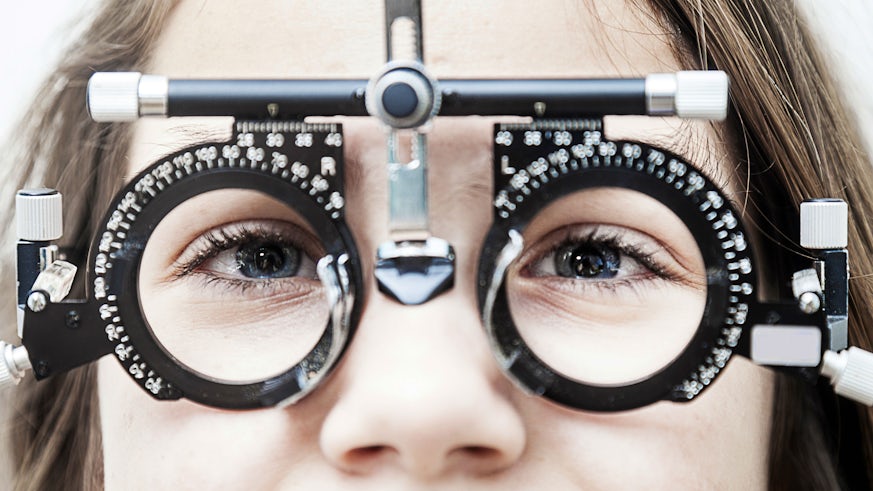Education increases genetic risk of shortsightedness
17 November 2022

Scientists have uncovered five genetic variants that increase a person’s risk of becoming shortsighted the longer they stay in school.
The research, led by Professor Jeremy Guggenheim of the University’s School of Optometry and Vision Sciences, used genetic and health data from more than 340,000 participants with European ancestry. They performed a genetic study to identify gene variants that make people more susceptible to becoming shortsighted in combination with intensive schooling.
Shortsighted vision – or myopia - is associated with a range of eye disorders, making it a leading cause of irreversible vision impairment in older individuals.
“People often become shortsighted as children and the condition appears to result from a mix of genetics, too little time spent outdoors and many years of education,” said Professor Guggenheim.
“Genetic studies have identified more than 450 genetic variants associated with an increased risk of shortsightedness, but few have been shown to increase risk specifically in people with the associated lifestyle factors.”
The study found five genetic variants that progressively increased the risk of becoming shortsighted for individuals, the more time they spent in school – especially for people who attended education to a university level.
“Three of the genetic variants we discovered were previously unknown. Two of these genes were found in studies of East Asian cohorts, where about 80% of children become shortsighted. In comparison, about 30% of children develop shortsightedness in the West.
“Shortsightedness is a leading cause of uncorrectable visual impairment. These findings provide new insights into the biological mechanisms that cause shortsightedness, but more research is needed to understand how those mechanisms interact with lifestyle factors to cause the condition,” Professor Guggenheim added.
This research, Education interacts with genetic variants near GJD2, RBFOX1, LAMA2, KCNQ5 and LRRC4C to confer susceptibility to myopia, is published in PLOS Genetics.
